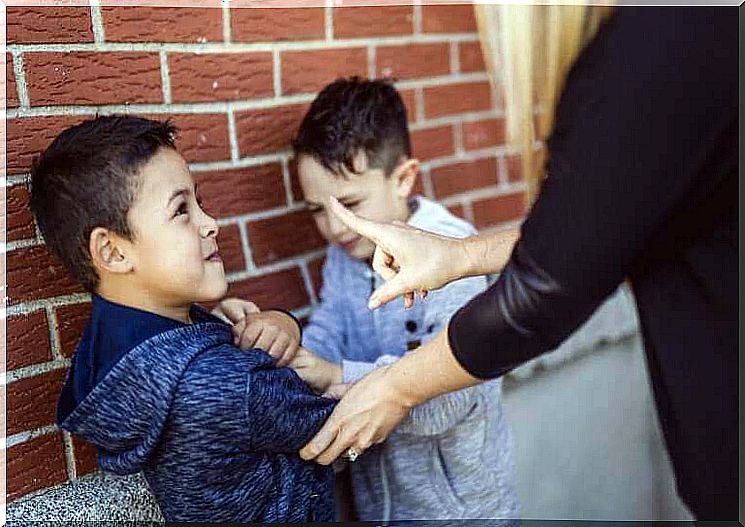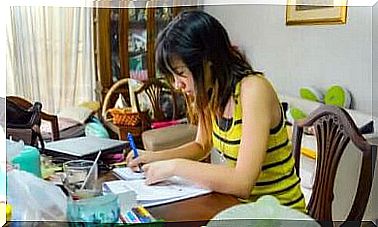Sociometric Measurement Method To Help With School Bullying

A sociometric measurement method can be a great tool for teachers to observe the relationships between children in the classroom. This method allows teachers to identify potential cases of bullying and prevent school bullying. It is good for teachers to learn to use sociometric measurement, as bullying is a serious problem in schools.
A sociometric measurement method to aid in school bullying
Within the classroom, students create social and emotional relationships and develop certain mutual roles for themselves. Relationships born in the classroom can also become problematic if some students isolate themselves from others or are rejected by others. Some students may be subjected to school bullying.
Sometimes children accept certain students only for school-related tasks but do not include them in other activities. It can be very difficult for a teacher to detect which of the children are popular among their schoolmates and which are not. For this reason, teachers are recommended to utilize certain methods, such as sociometric measurement.

The sociometric measurement method helps in the following things:
- To perceive relationships between students in the classroom in social situations.
- To identify school-related and work-related relationships among children.
- To identify the social status of each student in the classroom, helping to pay special attention to students who are discriminated against by other classmates.
- To create a sociogram, i.e. a graphic representation of a person’s social ties. The sociogram can be compared to a global view of the social structures of a class.
Sociometric position in class
The teacher can use a sociogram to detect different sociometric positions between children in the classroom.
- Director. A person who is often selected for different positions and who is less or hardly rejected by others. Popular with classmates.
- Gray eminence (belonging to the background of the leader). Selected by the Director, one of the first three appeals. This person has a lot of influence in the group, but it can be hard to spot.
- Partially rejected. A person who faces more rejection than approval. The existence of this person is easy to detect in a group.
- Completely rejected. A person who receives mere rejection. The presence of such a person can burden both other group members and the teacher. Completely repelled has a negative impact on the group.
- Contradictory. A person who faces rejection, but also enough acceptance. This person shares the opinions of the group members and is a kind of opposite to the leader. This person has both a negative and a positive impact on the group.
- Pari. A reciprocal relationship formed by two individuals.
- Triangle. People who choose each other. Usually very close and compact structures.
- Chain. A chooses B, B chooses C, C chooses D… The closer a person is to a leader, the better his sociometric status.
How can the sociometric measurement method be utilized in the classroom?
To take advantage of the use of the sociometric measurement method, you will need about an hour to spend in class. Follow these steps:
- Distribute a sociometric test to each student, and explain to them what it is. Emphasize that the answers are personal and should not be shown to others.
- Students should answer questions about their free preferences and combat targets by looking at their relationships with other students, taking into account play, emotions, schooling, and work.

- Once students have completed the tests, the answers should be correlated. The teacher should draw a diagram describing the answers.
- Two different sociograms should be created from the class. One sociogram depicts relationships perceived as play and emotions, and another sociogram depicts relationships related to schooling and work. The teacher considers the students ’first three choices as accepted and rejected.
- Girls can be marked on the chart as circles and boys as squares. Mark numbers in circles and squares to reflect relationships between students.
- To indicate student acceptance and rejection, mark with a blue arrow students who have been accepted, students with a red arrow, and two arrows indicate student reciprocal choices.
- Finally, interpret and analyze the relationships between each student.
Other methods for detecting school bullying
In addition to the sociometric measurement method, there are other ways to detect potential cases of school bullying.
- Questionnaire on school violence.
- A scale found on the Internet that can be used to identify victims of school bullying.
- Screening form for harassment among classmates.
It is the responsibility of the teacher to use one of these tools to identify school bullying in order to detect and prevent school bullying among children.









